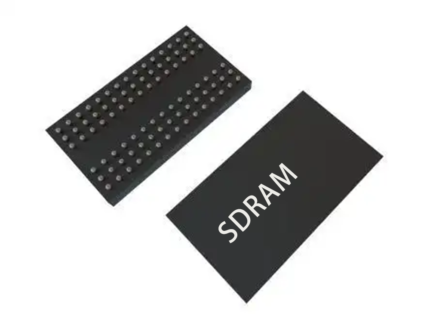SDRAM
SDRAM (Synchronous Dynamic Random Access Memory) is a type of computer memory whose main feature is to synchronize data transmission with the clock frequency of the CPU, thereby improving the speed and efficiency of data access. SDRAM manages data requests through internal registers, reducing latency and providing higher access speeds and lower power consumption than standard DRAM.
The control of SDRAM is relatively complex, and it needs to send a variety of commands to perform read and write operations, such as pre-charge commands, read commands, and write commands. These commands are entered via address lines and are handled by the internal state machine. SDRAM also supports burst mode operation, which can transmit multiple data bytes in a single clock cycle, thus improving data transfer efficiency.
SDRAM is widely used in computer systems, especially in applications that require large capacity and high-speed data transmission, such as image processing and high-speed data acquisition systems. In addition, SDRAM is also used in video memory and other high-performance computing environments.


